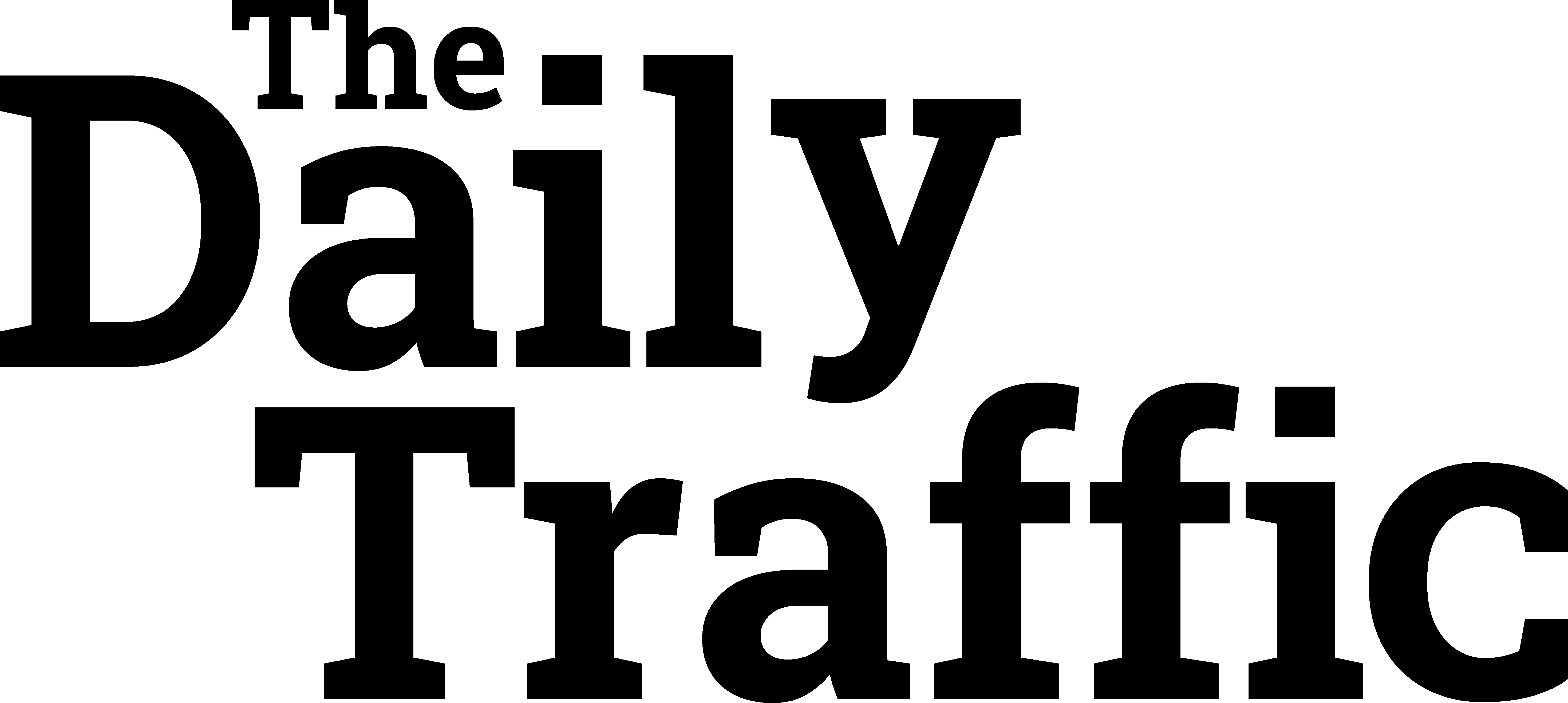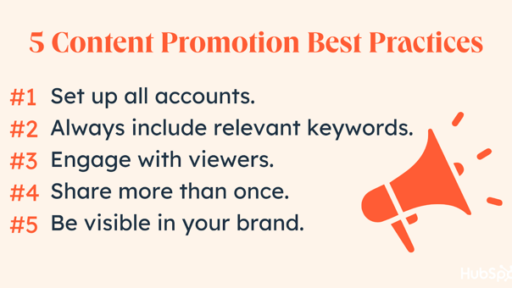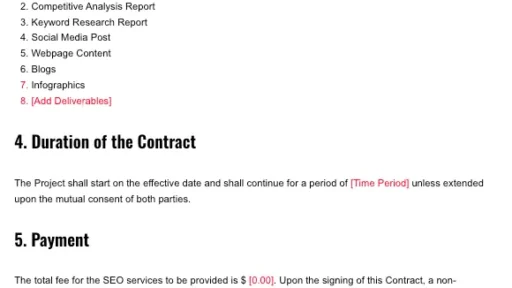Originally Posted on Loves Data’s Blog by Loves Data Team
Understanding your audience and reaching the right users at the right time is essential to maximize the impact of your digital marketing campaigns. As marketers, we constantly strive to fine-tune our targeting strategies in Google Ads to ensure our ads are engaging and reaching our intended targets, ultimately driving desired conversions and overall marketing success. By leveraging audience targeting techniques in Google Ads, you can not only create more meaningful connections with potential customers but also achieve a higher return on your advertising investment.
At Loves Data, we recognize the critical role that advanced tools such as Google Ads, Google Analytics, Google Tag Manager, and Looker Studio (previously Google Data Studio) play in shaping results-driven digital marketing strategies. We are dedicated to offering comprehensive online courses designed to empower digital marketers and analysts with the knowledge, techniques, and skills required to excel in the world of online marketing. By equipping yourself with this valuable expertise, you will be better positioned to harness the full potential of these powerful platforms and drive your marketing campaigns to unparalleled success.

1. Understanding Google Ads Targeting Options and Techniques
To master advanced audience targeting in Google Ads, you must first familiarize yourself with the range of targeting options and techniques available. Including:
-
Demographic targeting: Reach specific user groups based on age, gender, household income, or parental status.
-
In-market audiences: Target customers actively searching for products or services similar to yours.
-
Custom intent audiences: Create and target customized audiences based on their search behavior and interests.
-
Remarketing lists: Reconnect with users who previously engaged with your website or app.
-
Customer match: Leverage your existing customer data to reach valuable customer segments.
By taking advantage of these advanced targeting options, you can ensure your ads are displayed to the most relevant users across the Google Ads network.
2. Refining Demographics and Utilizing In-Market Audiences
Enhancing your demographics targeting can help you better reach user segments that are more likely to convert. Experiment with different demographic combinations and evaluate performance data to pinpoint the ideal target audience for your campaigns.
In addition, consider utilizing in-market audiences to reach users actively seeking products or services similar to yours. Google’s network identifies users with high purchase intent, enabling you to capitalize on this high-converting group and significantly increase your chances of driving desired actions.
3. Harnessing Custom Intent Audiences and Remarketing Lists
Custom intent audiences allow you to create hyper-targeted audience groups based on their specific interests and search behavior. Incorporate relevant keywords, URLs, and app categories to create a customized intent audience tailored to your campaign objectives.
Leveraging remarketing lists is another powerful targeting technique to reconnect with users who previously engaged with your website or app. By creating personalized ads that acknowledge their prior engagement, you can cultivate a sense of familiarity and encourage repeat visits or conversions.
4. Implementing Customer Match and Layering Audience Targeting
Customer match enables you to upload your existing customer data to Google Ads and use it to create tailored audience segments. Combining this information with your Google Ads targeting can help you reach high-value customers, enhance loyalty, and increase repeat conversions.
Layering audience targeting options allows you to optimize ad relevance by combining different audience types and attributes. For instance, you might target users within a specific demographic who are also part of your customer match list. By layering your targeting, you can create sophisticated, high-converting campaigns that directly address the unique needs and preferences of your target audience.
5. Optimizing Ad Creatives for Enhanced Audience Engagement
Creating compelling ad creatives is equally crucial to complement advanced audience targeting techniques. By crafting visually appealing and emotionally resonant ads, you can capture the attention of your target audience more effectively. Utilize A/B testing to experiment with different ad formats, messaging styles, and visual elements to identify what resonates best with your audience segments. Additionally, consider incorporating dynamic ad elements that personalize the ad experience based on user demographics or interests, further enhancing engagement and conversion rates.
6. Leveraging Cross-Platform Integration for Seamless User Experiences
To maximize the impact of your Google Ads campaigns, it’s essential to integrate your advertising efforts seamlessly across multiple platforms and touchpoints. For example, incorporating data from Google Analytics can provide valuable insights into user behavior and preferences. By leveraging cross-platform data integration, you can create a unified view of the customer journey and tailor your advertising messages accordingly. This holistic approach ensures a consistent and personalized user experience across channels, driving higher engagement and conversion rates.
7. Using Attribution Reports for Campaign Optimization
Effective campaign optimization requires a deep understanding of the customer journey and the various touchpoints that contribute to conversions. Using the attribution reports available in Google Ads lets you understand how people engage with your campaigns, which campaigns are more likely to result in conversions, and which campaigns are better at assisting. By allocating budget and resources based on these insights, you can optimize your Google Ads campaigns for maximum impact and return on investment. Additionally, ongoing analysis of attribution data allows you to identify areas for improvement and refine your targeting and messaging strategies over time, ensuring continuous campaign optimization and success.
Master Audience Targeting to Optimize Your Google Ads Campaigns
Audience targeting within Google Ads plays a vital role in the success of your digital marketing campaigns. By harnessing the power of demographics, in-market audiences, custom intent audiences, remarketing lists, and customer match, you can create more engaging advertisements that resonate with your target audience and drive exceptional results.
Strengthen your digital marketing skills and delve deeper into tools such as Google Ads, Google Analytics, Google Tag Manager, and Looker Studio (previously Google Data Studio) by enrolling in Loves Data’s comprehensive online courses, including our Google Ads course. By expanding your expertise and knowledge, you will be well-positioned to leverage these powerful marketing platforms and technologies.






